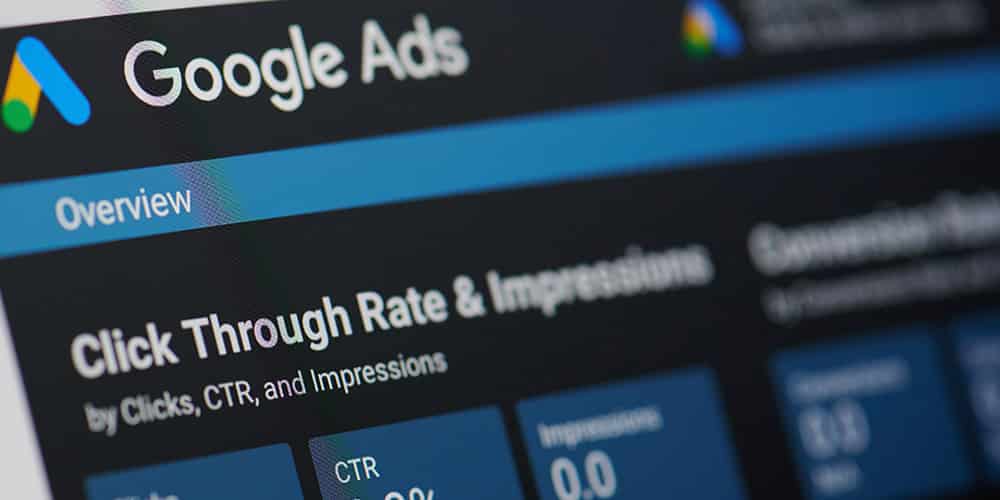
It’s all well and good having a wonderfully stylish website that makes your company look great and your team masters of the known universe, but if your visitors are not converting into paying customers, your site isn’t doing its job. After all, that’s what it’s there for, right? And form should always follow function.
Any company’s website should be its conversion hub, the point at which people find exactly what they’re looking for and where those who only popped in to have a quick look find themselves so engaged and catered for that they stick around.
This blog post takes a quick look at how to drive people to your site and what to do with them once they’re there. It’s about converting those visitors into customers, clients and brand advocates.
Getting people to your site
Since your website is where all the action is, it stands to reason that your first job is to get people there. This is where the funneling starts and is an area where a lot of companies unnecessarily waste a lot of time and money. We have two tips: 1) Target your customers properly in the first place and 2) Use the right tools for the job.
Target your customers properly in the first place
If your visitors are already interested in your products and services, you will have a much easier time persuading them to buy. So make sure you’ve identified and researched your target audience carefully. Make sure you know who they are, what they like to do, wear, buy and what they’re looking for. The more you know about your future customers, the easier it will be to get them along to your site.
Use the right tools for the job
- SEO and organic search results
- Social media
- Blogging
- Email marketing
- Video marketing
- Pay-per-click (PPC) advertising
- Old-school advertising strategies
- Networking
- Affiliate schemes
- Directory listings
Using several of these lead generation strategies and carefully monitoring click-through rate will allow you to gain an idea of which channels are working best for you and which ones need more work.
You also want to use a marketing funnel platform that’s well suited to your needs, such as WordPress or ClickFunnels.
What to do with people once they’re there
If people have arrived at your website (assuming they haven’t clicked something by mistake and that your initial funnelling was successful), they are looking for the type of service or product that you provide. They are therefore already interested in what you have to offer. This is incredibly important, since you are now working with ‘warm’ leads. All you now need to do is to ensure that your site provides them with what they’re looking for. Bear the following in mind:
- Think about your goals and what actions you want people to take when they’re on your site. Are you looking for product purchases? Newsletter sign-ups? New group membership? This is what the funnelling process now needs to drive towards, albeit subtly.
- People don’t have much time. So if you’re using PPC advertising for your insurance product, don’t send them to your homepage or worse, a page about your pension products. Use specific landing pages and give the customer what they want.
- Your website needs to look professional and unfussy. It should clearly show who you are and what you do – if there’s any doubt, your warm leads might click away.
- Your content, including text, images, videos and layout needs to be accurate, consistent and compelling, driving your visitors further into your site and closer to making a sales decision.
- Make sure that your site is performing well by optimising its speed. Consumers are busy people and won’t hang around too long waiting for your pages to load.
Finally, it’s vital to keep measuring the effects of your funnelling process. Google Analytics and similar services let you see where visitors are entering and exiting your site and follow the paths they take through from page to page. By setting goals (e.g. a ‘thank you for signing up to our newsletter’ url), you will be able to measure, in numerical terms, where your strategy needs further attention and where you are achieving your goals and making those all-important conversions.


